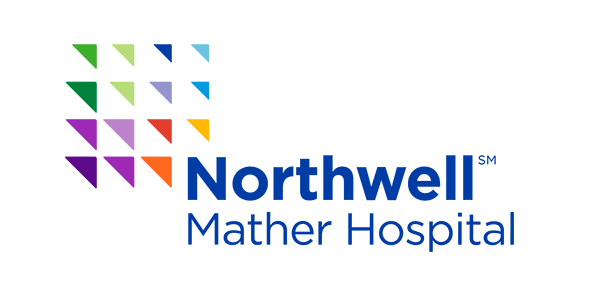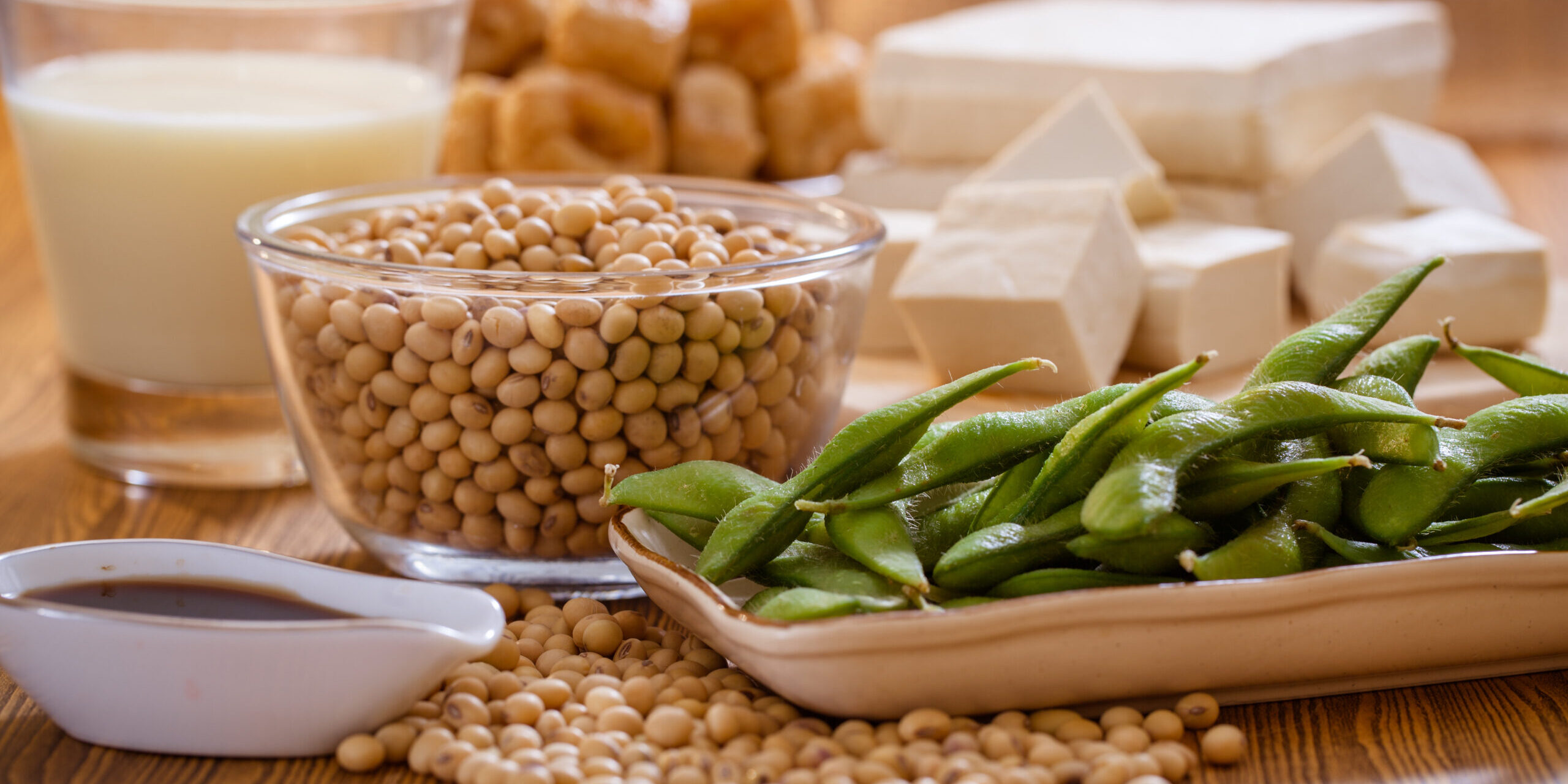By Barbara Broggelwirth, MS RDN, CDN
Soy refers to the soybean plant. It is categorized as a legume and is native to East Asia. It is often used as a plant-based alternative to animal protein. Soy is considered a high biological protein source because it contains all nine essential amino acids that the human body cannot produce on its own and must obtain from food. This is important because most plant-based proteins are incomplete, meaning they lack one or more of these essential amino acids. Additionally, soy is rich in fiber, low in saturated fat and a great source of isoflavones, a powerful antioxidant. So, that begs the question, if it contains so many benefits, why is it so villainized?
Soy isoflavones are plant compounds that mimic estrogen but are much weaker in the body. In some forms of breast cancer, estrogen can influence the growth of cancer cells. But since soy isoflavones are much weaker, they bind to estrogen receptors and block stronger estrogens (like estradiol) from binding and triggering a full-strength response. In hormone-sensitive cancers (e.g., ER-positive breast cancer), blocking strong estrogen signals may actually help reduce cancer cell growth.
Some earlier soy studies suggested that genistein, a primary isoflavone in soy, promoted breast cancer growth in rodents. But as research advanced, scientists found that rats and mice metabolize genistein differently from humans. Therefore, cancer growth in rodents cannot be compared to humans.
Epidemiological studies look at how diseases and health conditions affect populations. Large epidemiological studies suggest lower rates of breast cancer in populations with high soy intake, for example, Japan. Breast cancer statistics report that 1 in 8 American women will be diagnosed with breast cancer compared to 1 in 38 women in Japan. In 2006, the American Cancer Society concluded that breast cancer patients can safely consume up to three servings (3oz = 1 serving) of traditional soy foods per day.
Causes for breast cancer are multi-factorial. Genetics, lifestyle and environmental factors play a significant role. It is well documented that Japanese women walk more, drink less alcohol and consume more whole foods where American women drink more alcohol, engage in less physical activity and consume more saturated fats.
Here are some tips for adding soy foods to your diet:
- Make tofu: Tofu can be stir-fried, grilled, added to stews and soups, and used in mixed dishes such as lasagna.
- Prepare tempeh: Tempeh is a great addition to chili and pasta sauce.
- Drink soymilk: Soymilk can be used in smoothies and on cereal.
- Eat edamame: Edamame can be used in soup, stir-fries, and salads or eaten as a snack.
- Munch on soybeans: Roasted soybeans (aka soy nuts) can be eaten as a snack or added to salads.
References:
- Messina M, Messina V. The role of soy in vegetarian diets. Nutrients. 2010;2(8):855-888.
- Doyle C, Kushi LH, Byers T, et al. Nutrition and physical activity during and after cancer treatment: an American Cancer Society guide for informed choices. CA Cancer J Clin.2006;56(6):323-353.
- American Institute for Cancer Research. “Soy and Cancer, Studies Indicate No Increased Risk.” American Institute for Cancer Research, 8 Apr. 2021, https://www.aicr.org/cancer-prevention/food-facts/soy/.
Barbara Broggelwirth, MS RDN, CDN is a registered dietitian nutritionist who works with Bariatric and Medical Weight Management patients to help them achieve their health and weight loss goals.

